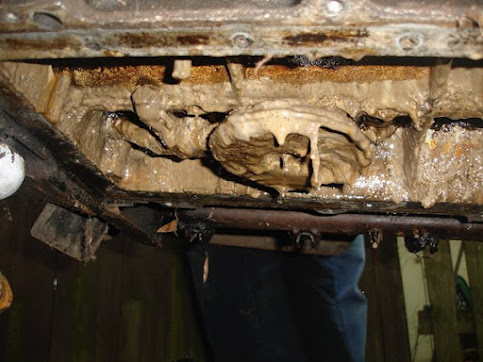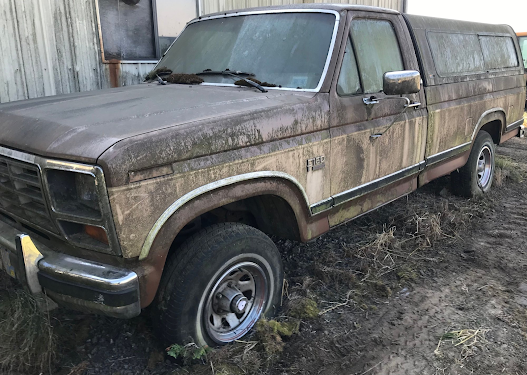Features of Electric Commercial Vehicle Traction Motors

Electric commercial vehicle traction motors are at the forefront of transforming the transportation sector, especially in heavy-duty applications. To understand their full impact and potential, let's dive deeper into their components, functionalities, advantages, and challenges. Components and Functionality Motor Types : Induction Motors : Also known as asynchronous motors, they are widely used in electric commercial vehicles due to their robustness and simplicity. They offer good efficiency and performance across a range of speeds. Permanent Magnet Synchronous Motors (PMSMs) : These motors use permanent magnets to create the magnetic field, providing high efficiency and torque density. They are often preferred for applications requiring high performance and efficiency. Switched Reluctance Motors : These motors are known for their simplicity and durability. They have fewer components, which can result in lower manufacturing costs and maintenance requirements, though they can be n...





